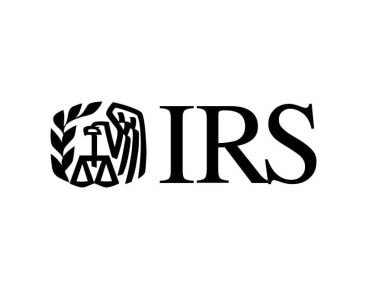If you’re relocating to Italy or planning to spend a significant amount in the country, you might wonder if an Italian bank account is necessary, especially if you already have a Wise or Revolut account. While these platforms offer convenient international banking features, they may not fully replace the functionality of a local Italian bank account.
Opening a bank account in Italy is more than just a formality, it’s your key to hassle-free living, especially if you’re retiring or relocating to Veneto. From paying rent and utility bills to receiving income from your job, pension, or investments, a local account makes managing your finances easier. It also simplifies direct debit payments for utilities and rent, as many landlords and service providers may not accept payments from platforms like Wise or Revolut.
Additionally, certain local services, such as mobile plans or insurance, require an Italian account for contractual arrangements. Finally, an Italian bank account provides easier access to cash withdrawals without incurring foreign transaction fees.
Major Banks in Italy

Italy, like any other country, offers a range of accounts to suit different needs, from basic checking accounts for everyday banking to savings accounts designed to grow your funds. Once you know what type of account best suits your needs, it’s worth shopping around to compare rates and benefits across banks.
- UniCredit
- Intesa Sanpaolo
- Banco BPM
- BNL (BNP Paribas Group)
- UBI Banca
These banks offer a variety of services and account types suitable for both residents and expats. If you’re fortunate enough to have more than €100,000 to deposit, consider spreading your savings across multiple accounts with different banks. This is because the Italian government guarantees deposits up to €100,000 per account holder per bank through the Fondo Interbancario di Tutela dei Depositi. By diversifying your deposits – say €250,000 split across three banks – you can ensure your entire savings remain protected under this scheme. It’s a smart way to maximise both safety and flexibility for your funds.
Types of Accounts
- Conto Corrente (Current Account): For everyday banking, including payments and receiving income.
- Conto di Risparmio (Savings Account): Designed for saving with higher interest rates.
- Conto Deposito (Deposit Account): Fixed-term deposits offering higher interest but less flexibility.
- Conto Giovani (Youth Account): Tailored for young people or students, often with lower fees.
- Conto Business (Business Account): For business transactions and financial management.
Documents Required For Opening a Bank Account in Italy
To open an account, you’ll need:
- Identification: Valid passport or EU identity card.
- Permesso di Soggiorno: Residence permit, if applicable.
- Codice Fiscale: Tax code required for financial transactions.
- Proof of Address: Utility bill or rental agreement.
Steps to Open an Account
- Begin the Application Process: Provide your personal and financial details through the bank’s forms. Most banks in Italy allow you to start the process of opening an account online. However, they will usually require your presence at a branch to verify your identity and supporting documents.
- Visit the Bank: Schedule an appointment in advance and inquire if English-speaking staff are available. Do not expect to walk into a branch and find English-speaking staff without prior notice. If you have a friend who speaks Italian, it might be a good idea to bring them along to assist you during the visit.
- Initial Deposit: Some accounts may require a minimum deposit to activate.
- Apply for Online Banking: Ensure you sign up for online banking to make your life easier. It allows you to manage your finances, track transactions, and make payments effortlessly.
In Summary: Opening a Bank Account in Italy
While opening a bank account in Italy involves a few administrative steps, it greatly simplifies daily life. From paying rent and utilities to accessing cash without extra fees, a local bank account ensures your financial transactions in Italy are hassle-free and efficient.
Other Helpful Reads
No Tipping in Italy: Why It’s Not Expected
Retiring in Italy’s Veneto: Affordable Living, Healthcare, and Integration for US Expats
How to Settle in Veneto: Learn Italian, Meet People, and Integrate
Good job! Please give your positive feedback
How could we improve this post? Please Help us.









